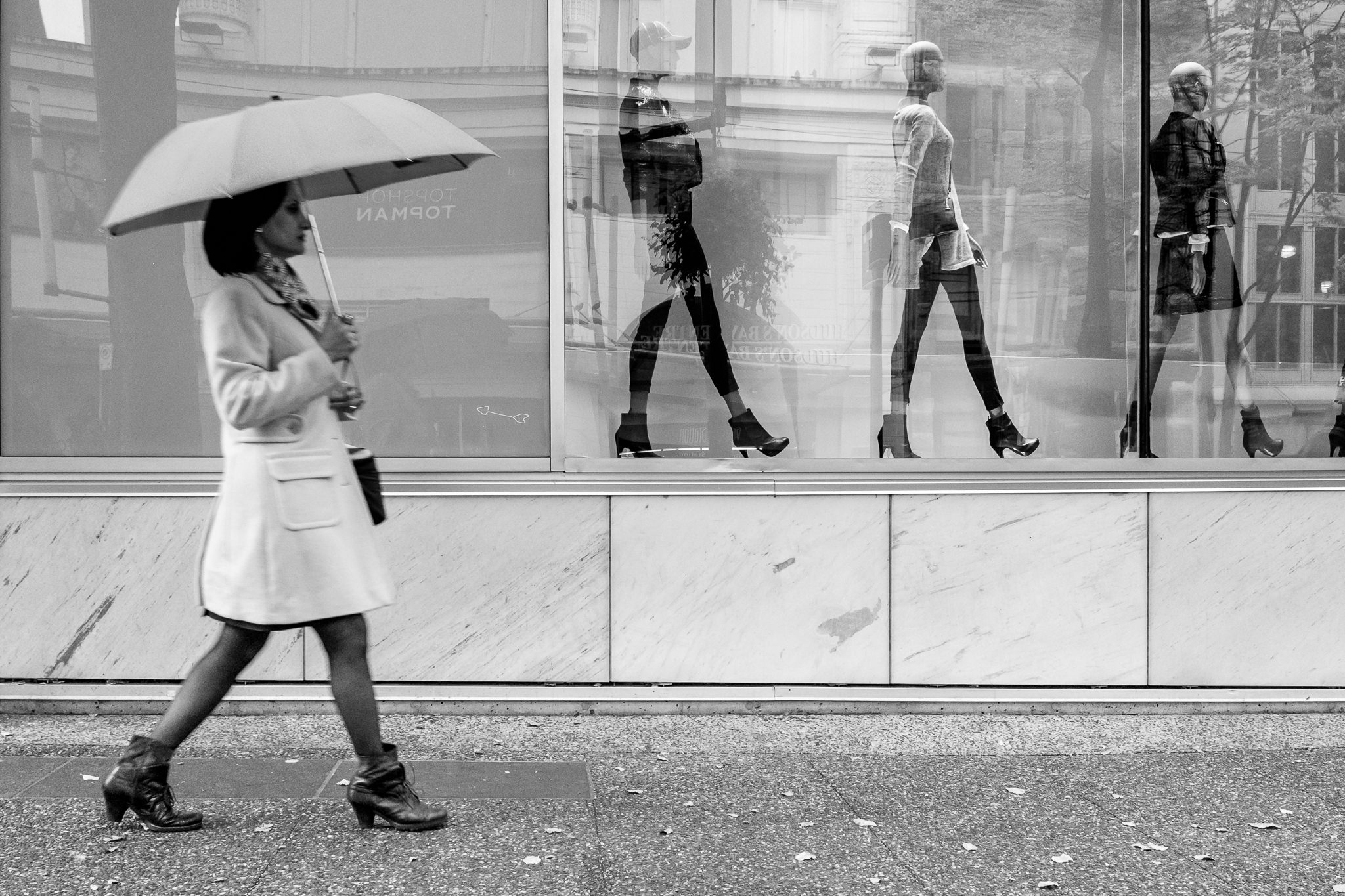Framing Streets for Dummies
Table of ContentsLittle Known Facts About Framing Streets.Framing Streets Can Be Fun For EveryoneFacts About Framing Streets UncoveredSome Known Factual Statements About Framing Streets Getting The Framing Streets To WorkGetting My Framing Streets To Work
Photography style "Crufts Dog Program 1968" by Tony Ray-Jones Street photography (also occasionally called candid digital photography) is digital photography performed for art or inquiry that includes unmediated chance encounters and random events within public places, usually with the purpose of recording pictures at a decisive or emotional minute by mindful framework and timing. 
His boots and legs were well defined, yet he is without body or head, because these were in movement." Charles Ngre, waterseller Charles Ngre. https://www.goodreads.com/user/show/174116073-david-turley was the very first professional photographer to achieve the technical elegance required to register people in motion on the street in Paris in 1851. Professional Photographer John Thomson, a Scotsman working with reporter and social activist Adolphe Smith, released Road Life in London in twelve regular monthly installations starting in February 1877
The 25-Second Trick For Framing Streets
Eugene Atget is considered as a progenitor, not due to the fact that he was the initial of his kind, but as a result of the popularisation in the late 1920s of his record of Parisian streets by Berenice Abbott, who was motivated to embark on a similar documentation of New York City. [] As the city created, Atget aided to promote Parisian roads as a worthwhile topic for photography.

About Framing Streets
Martin is the first taped digital photographer to do so in London with a masked electronic camera. Mass-Observation was a social study organisation established in 1937 which intended to videotape daily life in Britain and to record the responses of the 'man-in-the-street' to King Edward VIII's abdication in 1936 to marry separation Wallis Simpson, and the sequence of George VI. The chief Mass-Observationists were anthropologist Tom Harrisson in Bolton and poet Charles Madge in London, and their initial report was created as the publication "May the Twelfth: Mass-Observation Day-Surveys 1937 by over two hundred viewers" [] Window cleaner at Kottbusser Tor, Berlin, by Elsa Thiemann c. 1946 The post-war French Humanist Institution photographers discovered their topics on the road or in the restaurant. Andre Kertesz.'s extensively appreciated Images la Sauvette (1952) (the English-language version was entitled The Decisive Moment) promoted the idea of taking a picture at what he called the "definitive minute"; "when kind and material, important link vision and structure merged into a transcendent whole" - 50mm street photography.
The Main Principles Of Framing Streets
The recording device was 'a covert cam', a 35 mm Contax hidden underneath his coat, that was 'strapped to the upper body and linked to a long cord strung down the ideal sleeve'. Nevertheless, his job had little modern impact as as a result of Evans' level of sensitivities regarding the creativity of his job and the personal privacy of his subjects, it was not released up until 1966, in the book Several Are Called, with an intro composed by James Agee in 1940.
Helen Levitt, after that an instructor of kids, connected with Evans in 193839. She documented the transitory chalk drawings - 50mm street photography that were part of children's street society in New york city at the time, as well as the kids that made them. In July 1939, Mo, MA's brand-new digital photography area included Levitt's job in its inaugural exhibitionRobert Frank's 1958 book,, was substantial; raw and commonly indistinct, Frank's images questioned conventional photography of the moment, "challenged all the official guidelines put down by Henri Cartier-Bresson and Pedestrian Evans" and "contradicted the wholesome pictorialism and sincere photojournalism of American magazines like LIFE and Time".